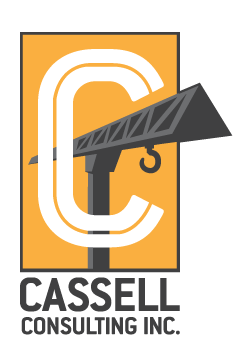Discussing job cost coding with some of our self-performing contractor clients, we sometimes hear that they often use the Owner’s Project Bid Items as a simple and useful structure for cost coding their work on the project. It seems logical enough: the Owner gives Contractors Pay Items for invoicing the work on the project, so why not use the same system to track internal costs? One-stop shopping with just one set of data to keep track of is better, right? Wrong!
Keep in mind I’m referring to contractors who self-perform a substantial amount of their own work, not construction managers who sub everything out. The value of job cost coding, with consistent, standardized cost codes, over the course of years, cannot be overstated. The resulting labor productivity information is valuable intellectual property that supports accurate estimating, to a degree that’s impossible to achieve any other way. I remember going into a construction office in Montana, and asking how they tracked their labor. Kevin reached for an ancient-looking leather-bound ledger book that looked a hundred years old. (It turned about to be 60.) Page one contained carefully handwritten information on concrete forming, from 1958. Manhours and output, neatly-written with a fountain pen, by Kevin’s dad, and kept up in through the years by Kevin as well. (Now entered into a database, not a ledger.) Their company knew how long it took to execute their work then, and still do today.
Accurate job cost coding doesn’t require an ancient archive that dates back 60 years. But it does require a commitment and discipline to keep daily productivity and output records, coded to standardized cost codes. Owner’s Bid Items change job to job, but forming a slab, or framing a 12’ tall 20 gauge wall is consistent and therefore predictable. Certainly different job conditions will affect productivity. But tracking consistent productivity data and man-hours will yield baseline values that you need in your company’s database.
For GC’s, we recommend a modified CSI Masterformat structure. Here’s a link to our 2010 Masterformat Sample Cost Codes. list for a mid-size self-performing GC to help you get started. Getting the right level of detail in those cost codes is another topic we’ve discussed in a prior Digital Dryshack post, and we’ll no doubt revisit it in the future. In the meantime, please email or call us at (360) 891-5811 with any questions.
By Barry Cassell




